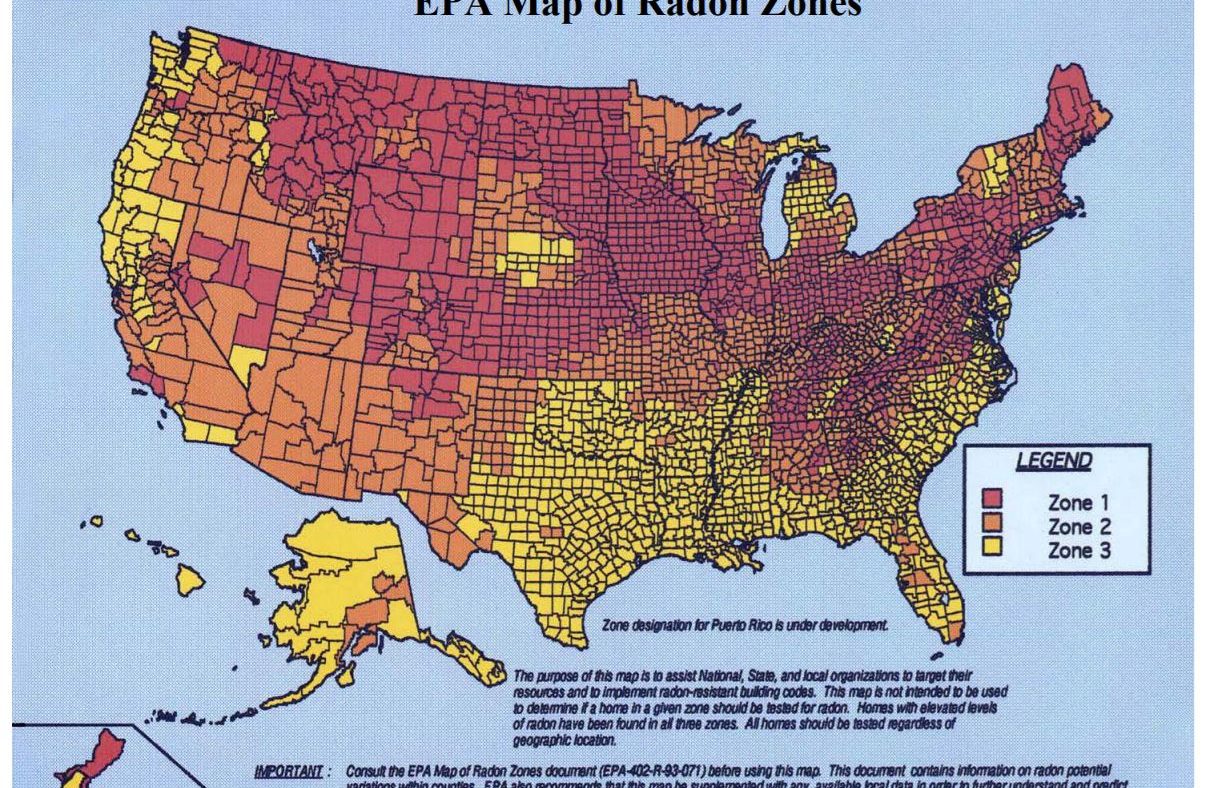Radiation Protection
Is radon really bad for you?
Breathing radon over time increases your risk of lung cancer. Radon is the second leading cause of lung cancer in the United States. Nationally, the EPA estimates that about 21,000 people die each year from radon-related lung cancer. Only smoking causes more lung cancer deaths.
You'll face really low enhanced risk of creating lung cancer cells due to radon if you can keep your interior radon levels at 2 pCi/L or reduced. When you get to the 1.3 pCi/L degree that is normal for indoor air, only two non-smokers out of 1,000 will create lung cancer especially because of the exposure.
Radon in the air is thought about to be a bigger health and wellness risk than radon in residential water so the US Epa recommendation is to not evaluate for radon in water unless a radon in air test is above the action degree. Nevertheless, some US states, such as Maine where radon levels are higher than the nationwide standard, advise all well water ought to be examined for radon. The United States federal government has not establish an activity level for radon in water.
Is radon mitigation https://writeablog.net/amaris7hee/to-purchase-a-radon-examination-kit-or-to-find-a-listing-of-utah-licensed really necessary?
When radon gas enters the body, it exposes the lungs to small amounts of radiation. In small quantities, experts say this is harmless. However, in persistent exposures or larger quantities, radon can damage the cells of the lining of the lungs, increasing a person's chance of developing lung cancer.
It can additionally be launched from developing products or via water stemming from radon-contaminated wells, according to the National Institutes of Health And Wellness (NIH). Radon levels can be better in residences and buildings that are well-insulated, tightly secured or built on dirt rich in the radioactive elements uranium, radium and also thorium.
- Radon gas is a naturally-occurring result of the radioactive decay of Uranium in the dirt.
- Relying on your geographical place, the radon degrees of the air you take a breath outside of your house may be as high as 0.75 pCi/L.
- The United States EPA has actually placed it simply, specifying, "Any kind of radon exposure has some risk of causing lung cancer cells.
The national standard of outdoors radon degrees is 0.4 pCi/L and it is approximated by the National Academy of Sciences that outside radon levels cause approximately 800 of the 21,000 radon caused lung cancer cells fatalities in the United States yearly. Your threat of lung cancer increases considerably with exposure to greater radon levels. Lung cancer threat climbs 16% per 2.7 pCi/L increase in radon direct exposure. Globe Health Company, 2009 studies reveal that radon is the key cause of lung cancer among people that have actually never smoked.
Radon gas goes into homes from below, with fractures in the floors and foundations. With most homeowners knowing relatively little about radon gas and also its threats, there's lots to discover prior to tackling the issue. Comprehending the extent of radon exposure, the components of the country with the highest levels of gas production, and also mitigation expenses will certainly prepare you for taking on the challenge. This is one of one of the most commonly asked questions after, "What is radon screening?" The dirt under your house isn't an arbitrary mix of dirt. You can't inform simply by looking, yet there are some radioactive aspects that make up usual minerals and also rocks discovered mixed right into the dirt throughout the nation.

How long does it take for radon to cause cancer?
Fact: You will reduce your risk of lung cancer when you reduce radon levels, even if you've lived with an elevated radon level for a long time. Keep in mind that radon levels below 4 pCi/L still pose some risk and that radon levels can be reduced to 2 pCi/L or below in most homes.